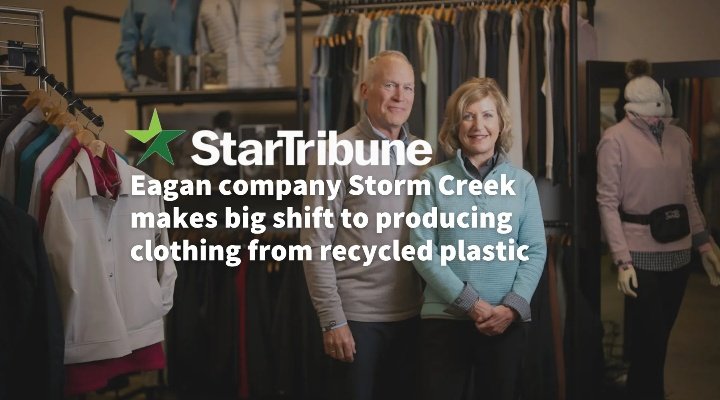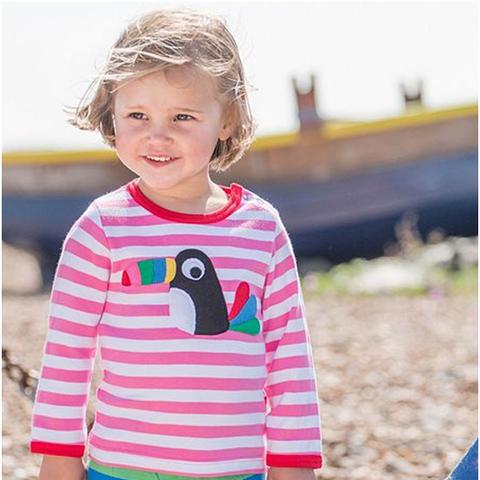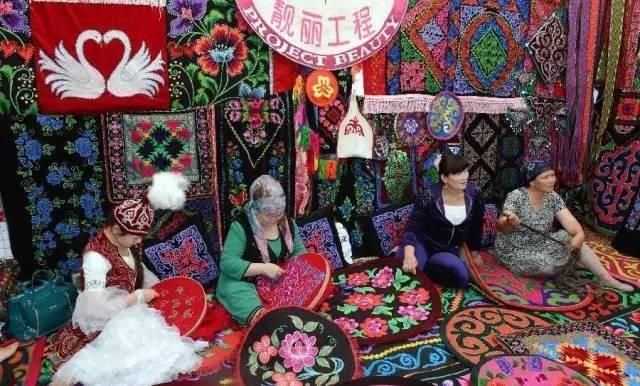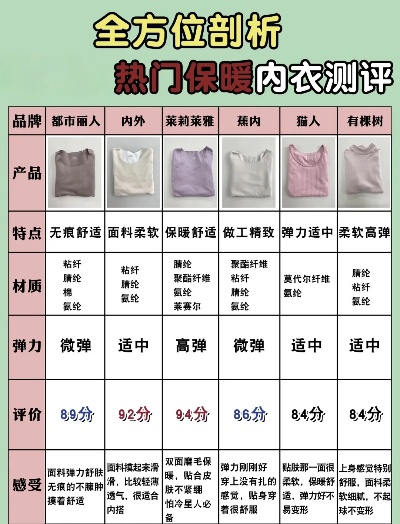Transformative Textiles and Their Impact on Fashion
Transformative textiles, such as biodegradable and sustainable materials, are revolutionizing the fashion industry. These innovative fabrics have a significant impact on fashion trends and consumer behavior. Bio-based fabrics, made from plant-based materials like bamboo or hemp, are becoming increasingly popular as consumers seek out more sustainable and environmentally friendly alternatives. These fabrics offer both aesthetic appeal and practicality, making them ideal for use in everyday clothing. Additionally, sustainable materials such as organic cotton and recycled polyester are also gaining traction. These materials not only reduce waste but also promote responsible consumption. As the fashion industry continues to evolve, transformative textiles will continue to shape and influence fashion trends, driving consumers towards eco-friendly and sustainable options.
In today's fashion world, textiles have become an integral part of our lives. With advancements in technology and creativity, we can now witness the evolution of textiles that are not only functional but also stylish. In this article, we will explore the different types of textiles and their impact on fashion. We will also discuss some case studies to showcase how these transformational textiles have changed the way we dress and perceive clothing.
Textiles come in various forms, each with its unique characteristics and applications. Here is a table that highlights some of the most popular textiles and their uses:
| Textile | Uses |
|---|---|
| Cotton | Lightweight and breathable, used for shirts, sleepwear, and casual wear |
| Linen | Breathable and durable, often used for dresses and suits |
| Polyester | Durable and lightweight, used for athletic wear and outdoor clothing |
| Silk | Luxurious and smooth, used for evening gowns, formal wear, and accessories |
| Nylon | Durable and elastic, used for active wear, gym clothes, and swimwear |
| Tencel | Natural and breathable, often used for eco-friendly clothing |
One of the most transformative textiles in fashion is sustainable fabrics such as Tencel. Tencel is made from wood pulp, which is a renewable resource. It has gained immense popularity in recent years due to its eco-friendly properties and softness. Tencel is commonly used in creating organic clothing and accessories, promoting sustainable living while still maintaining style.

Another example is the use of recycled materials in fashion. Recycled polyester and nylon have been used to create innovative and stylish clothing. These textiles are not only environmentally friendly but also help reduce waste by utilizing discarded materials instead of new ones. The rise in demand for sustainable fashion has encouraged brands to adopt this approach, resulting in exciting innovations in textile technology.
Innovations in textiles have also led to the creation of new styles and designs. For instance, the introduction of stretchy fabrics has opened up new possibilities for designers. These fabrics are designed to fit comfortably and move with your body, making them ideal for active wear or sportswear. Similarly, the development of knitwear has allowed for intricate patterns and designs that were previously unattainable with traditional woven fabrics.
Fashion is not just about aesthetic appeal; it also has a significant environmental impact. The fashion industry generates a significant amount of waste every year, which contributes to pollution and climate change. However, by embracing sustainable practices and incorporating innovative textiles into our clothing choices, we can reduce our environmental footprint. By choosing eco-friendly clothing, we can not only look good but also do good for the planet.
In conclusion, textiles play a crucial role in fashion and have evolved significantly over time. From sustainable fabrics like Tencel to innovative designs like stretchy knitwear, textiles have transformed the way we dress and perceive clothing. By embracing sustainable practices and incorporating sustainable textiles into our fashion choices, we can make a positive impact on the environment and promote a more sustainable future.
今天我们将为您呈现一系列关于渐变纺织美学的图片,让您领略其独特魅力,我们将通过丰富的图片展示渐变纺织的多样性和丰富性,同时结合案例分析,为您带来更深入的了解。
渐变纺织的种类与特点
纯色渐变纺织品
(图片1)展示了一片淡雅的纯色渐变织物,色彩柔和,层次分明。
描述:纯色渐变纺织品以其柔和的色彩和细腻的纹理,展现出优雅、宁静的感觉。
图案渐变纺织品
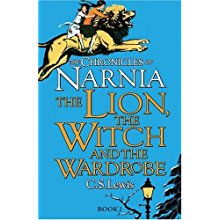
(图片2)展示了一组图案渐变的纺织品,图案层次丰富,色彩过渡自然。
描述:图案渐变纺织品通过图案和色彩的渐变设计,营造出丰富的视觉效果和层次感。
材质渐变纺织品
(图片3)展示了一种新型的材质渐变纺织品,采用特殊纤维材料,具有更好的透气性和舒适度。
描述:材质渐变纺织品通常采用高科技纤维材料,具有更好的触感和穿着体验。
案例分析:近年来,随着人们对舒适度和美观性的追求不断提高,材质渐变纺织品逐渐受到消费者的青睐,某品牌推出的渐变棉质睡袍,采用柔软的棉质材料,搭配渐变的色彩设计,为人们带来舒适的睡眠体验。
渐变纺织的应用场景
家居装饰
(图片4)展示了一款家居装饰品,采用渐变纺织面料制作而成,增添了家居的时尚感和艺术感。
描述:渐变纺织纺织品在家居装饰中有着广泛的应用,可以用于窗帘、床单、地毯等家居用品。
服装设计

(图片5)展示了一些服装款式,采用渐变纺织面料制作而成,展现出时尚感和个性。
描述:渐变纺织纺织品在服装设计中有着重要的应用价值,可以用于设计春夏服装、秋冬服装等。
礼品包装
(图片6)展示了一些礼品包装材料,采用渐变纺织面料制作而成,增添了礼品的独特性和艺术感。
描述:渐变纺织纺织品在礼品包装中也有着广泛的应用前景,可以用于制作手提袋、礼品盒等。
渐变纺织的图片展示及案例分析说明
以下是关于渐变纺织的图片展示及案例分析说明:
图片展示: (图片1)淡雅的纯色渐变织物,色彩柔和,层次分明,展现出优雅、宁静的感觉,这款织物适合用于家居装饰和夏季服装等场合。 (图片2)图案渐变纺织品,色彩过渡自然,图案丰富多样,营造出丰富的视觉效果和层次感,这款纺织品适合用于服装设计和高档礼品包装等场合。 案例分析说明:近年来,随着人们对舒适度和美观性的追求不断提高,材质渐变纺织品逐渐受到消费者的青睐,例如某品牌推出的渐变棉质睡袍,采用柔软的棉质材料搭配色彩渐变的设计,为消费者带来舒适的睡眠体验,还有一些其他品牌的渐变纺织面料也备受消费者喜爱,如某品牌的夏季连衣裙、某品牌的家居装饰品等,这些产品不仅具有时尚感和艺术感,还具有舒适性和实用性。
Articles related to the knowledge points of this article:
The Fabled Fabrics of Foshan,China
Exploring the World of Quality Textiles with Jia Tien Textiles
